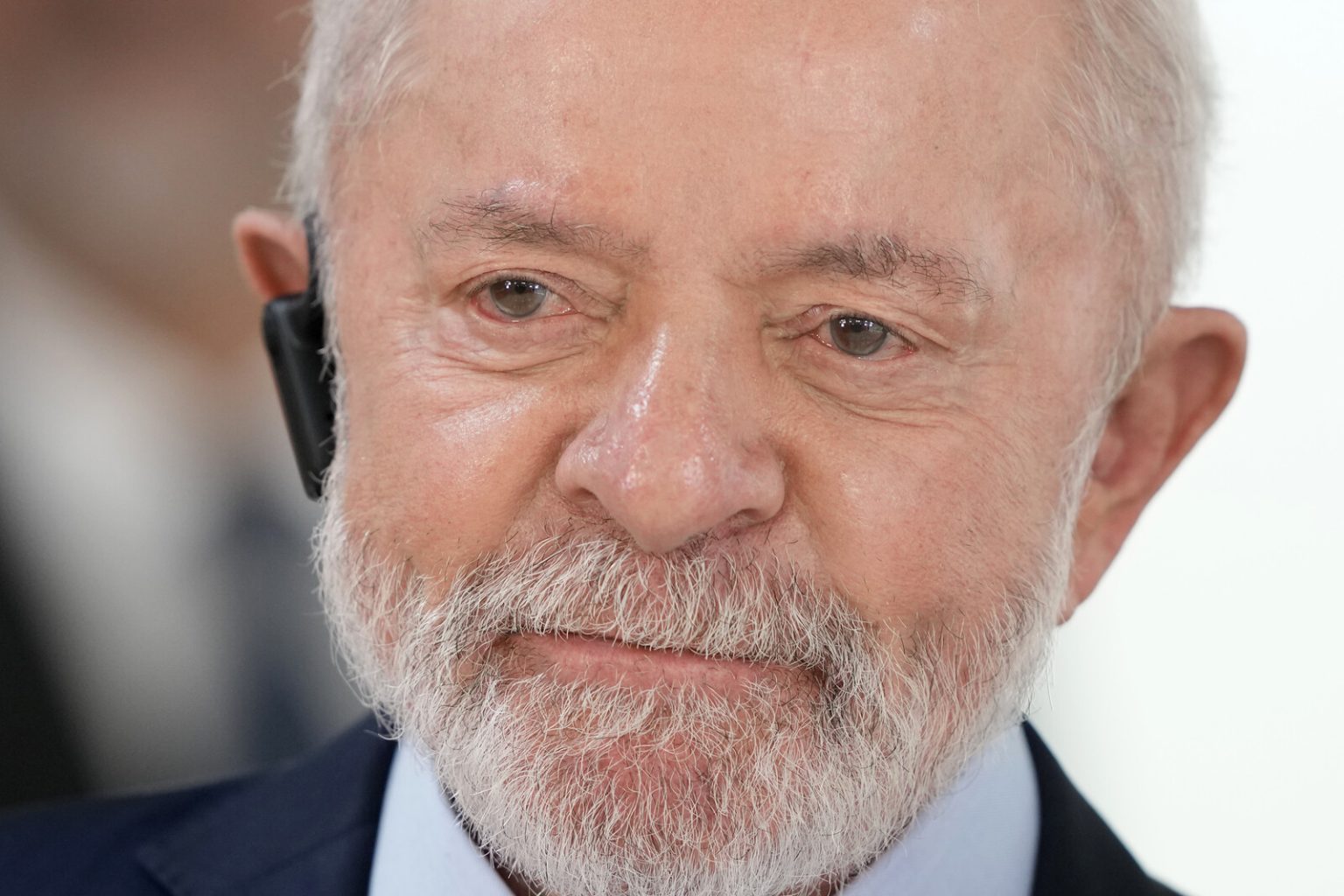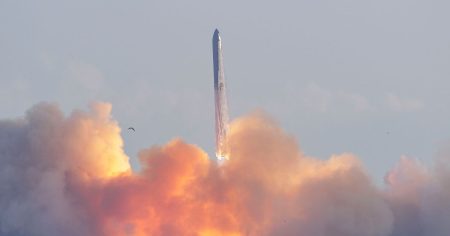Brazilian President Luiz Inácio Lula da Silva, affectionately known as Lula, has been released from the Sírio-Libanês Hospital in São Paulo following a successful surgical procedure to address a subdural hematoma, a collection of blood outside the brain. This marks the second time in recent months that Lula has undergone a cranial procedure, raising concerns about his health and the potential impact on his presidential duties. The recent surgery stemmed from a fall the 79-year-old president experienced in October, highlighting the vulnerability of even robust individuals to the lingering effects of such incidents.
The subdural hematoma, discovered on Monday, prompted an urgent surgical intervention. Medical experts believe the bleeding was a delayed consequence of the October fall, illustrating how head injuries can sometimes manifest complications weeks or even months later. Subdural hematomas occur when blood vessels, typically veins, rupture between the brain and its protective outer covering, the dura mater. This bleeding can put pressure on the brain, leading to a range of symptoms depending on the severity of the bleed. While some subdural hematomas resolve on their own, larger ones, like Lula’s, require surgical drainage to alleviate the pressure and prevent further neurological damage.
Lula’s medical team opted for a minimally invasive procedure known as burr hole surgery. This technique involves drilling small holes in the skull to access the hematoma and drain the accumulated blood. It is generally preferred over more invasive craniotomies when the hematoma is relatively small and accessible. Burr hole surgery carries a lower risk of complications and allows for a quicker recovery period, crucial for a head of state with pressing responsibilities. Following the procedure, Lula remained under observation in the hospital to monitor his recovery and ensure no further complications arose.
Prior to his discharge, Lula addressed the public and the media, reassuring the nation about his health. His words, ”I’m here in one piece… on my way home,” conveyed a message of resilience and optimism. This public appearance, though brief, served to allay fears about his condition and demonstrate his eagerness to return to his presidential duties. His medical team expressed satisfaction with his progress and cleared him for discharge, emphasizing the importance of continued monitoring and adherence to his recovery plan.
While the successful surgery and subsequent discharge are undoubtedly positive developments, the health scare underscores the demanding nature of the presidency and the potential impact of age and unforeseen health issues on a leader’s ability to govern. Lula’s health has been a recurring topic of discussion, particularly given his age and history of health challenges, including a previous bout with throat cancer. This latest incident will likely reignite the debate about the physical demands of high office and the need for contingency plans in case a president is temporarily or permanently incapacitated.
Moving forward, Lula’s health will continue to be under close scrutiny. The medical team will likely implement a comprehensive recovery plan, including regular check-ups, physical therapy, and potentially medication to manage any lingering effects of the surgery and the original fall. The nation will be watching closely as Lula resumes his presidential duties, hoping for a full and speedy recovery. The incident serves as a poignant reminder of the importance of proactive healthcare and the unpredictable nature of health, even for those in positions of power.














